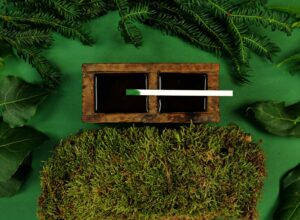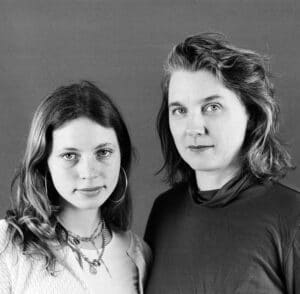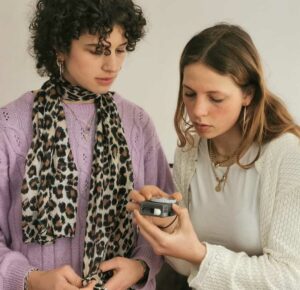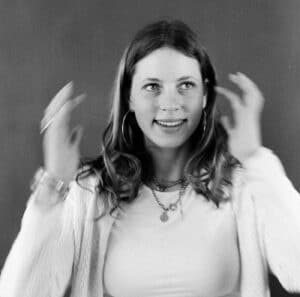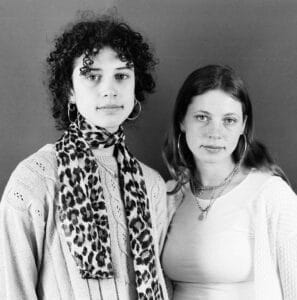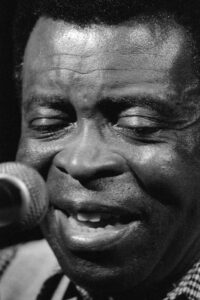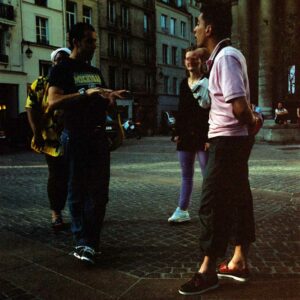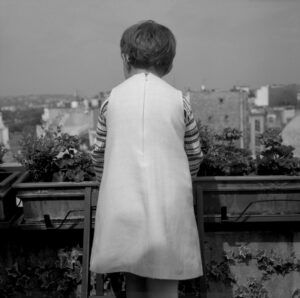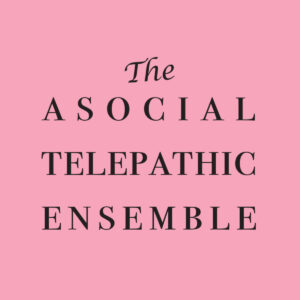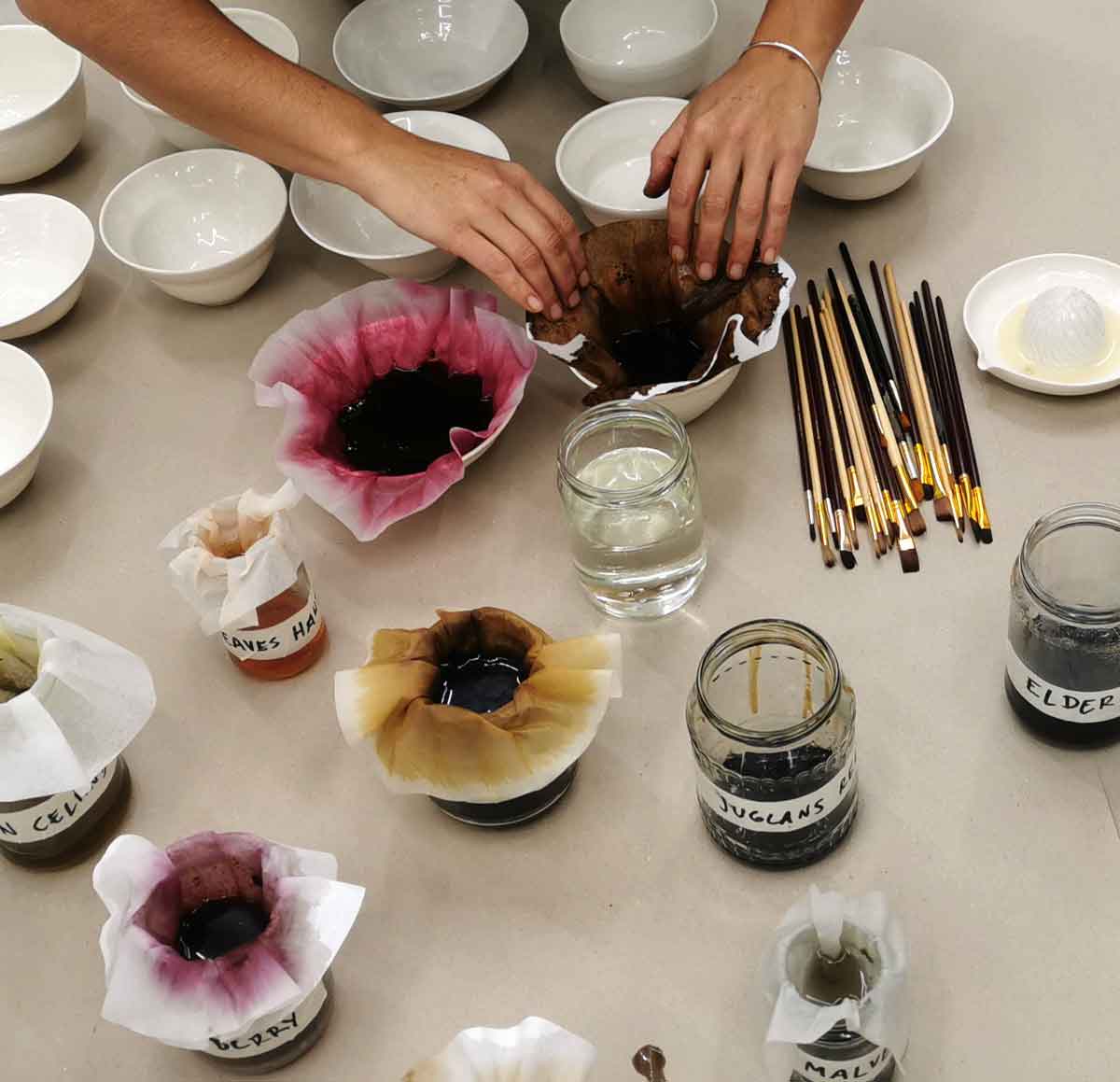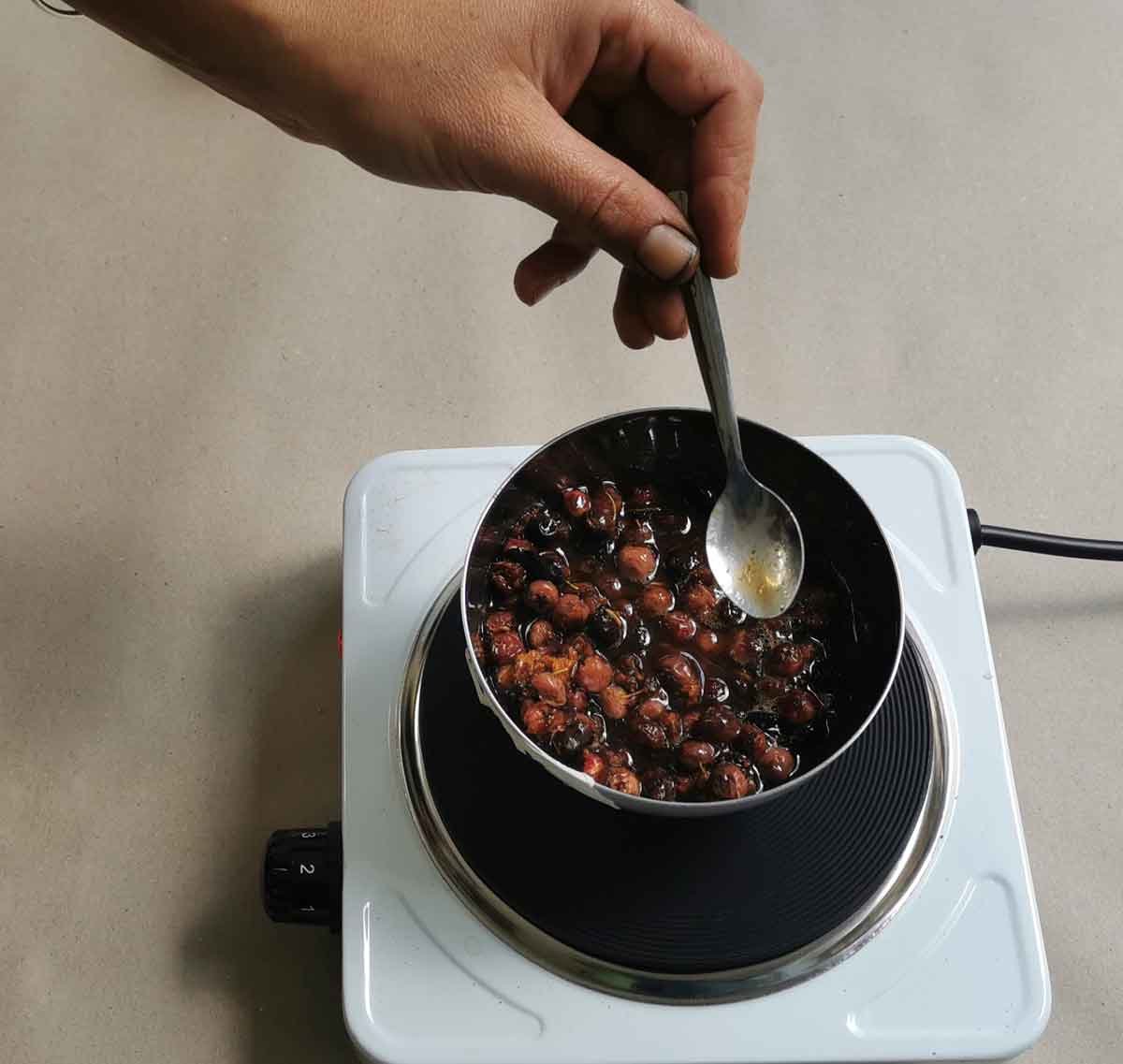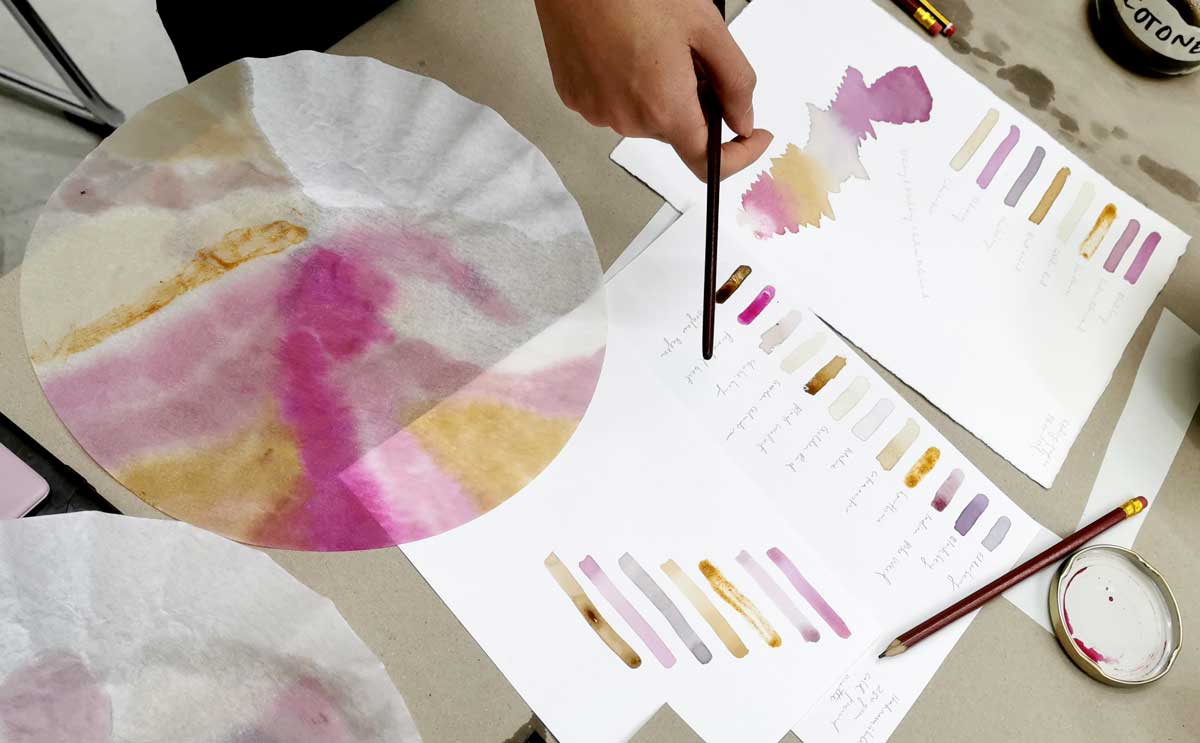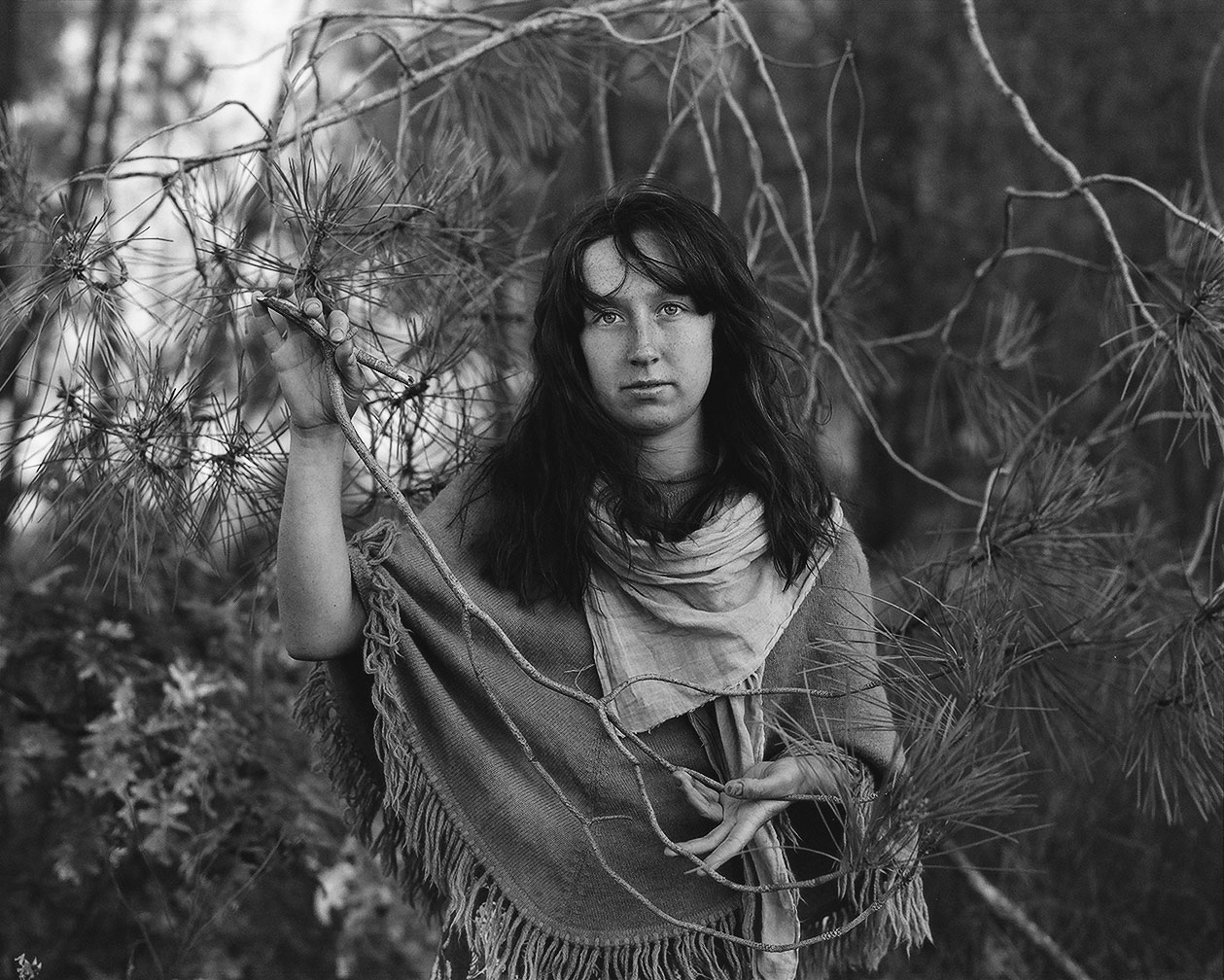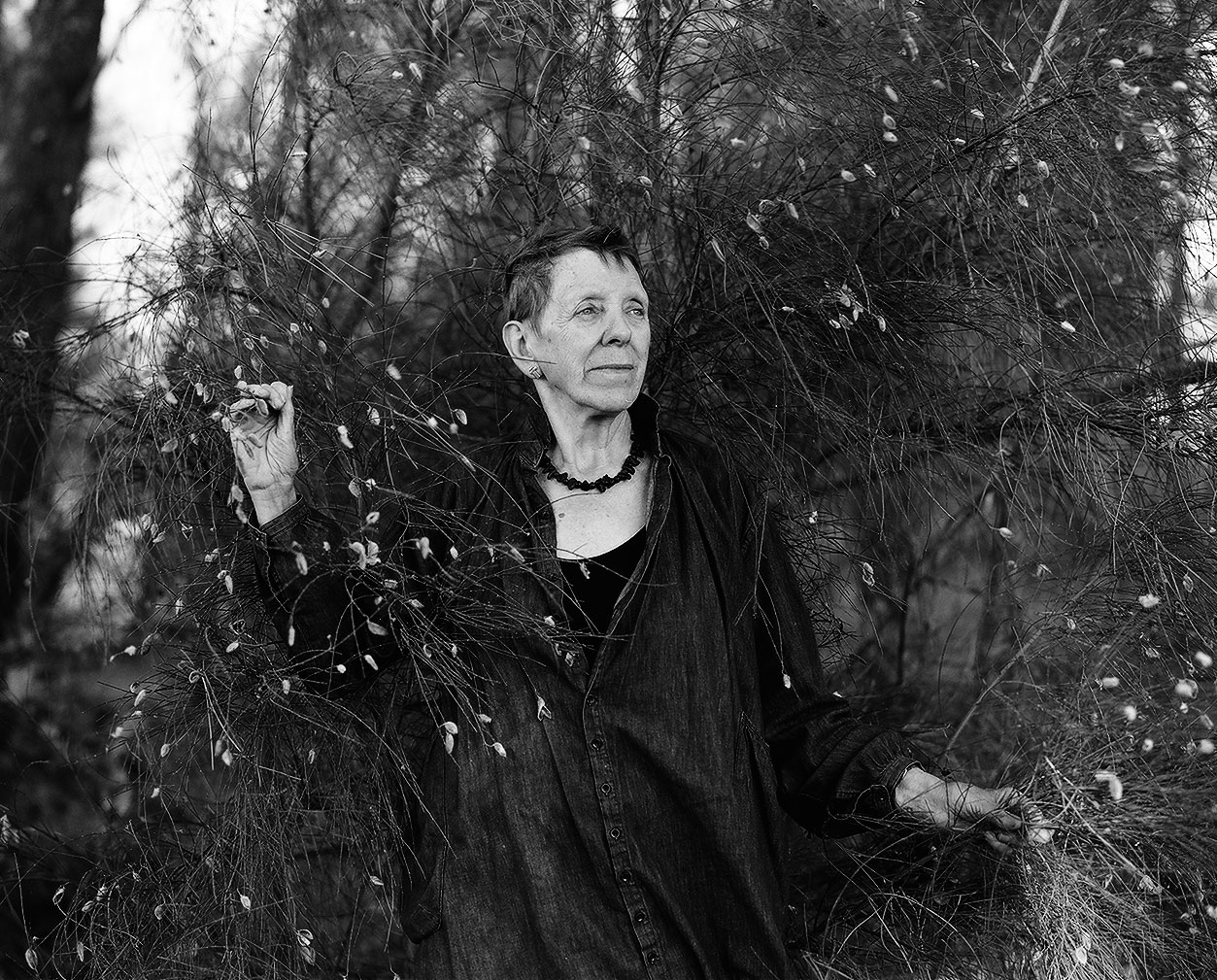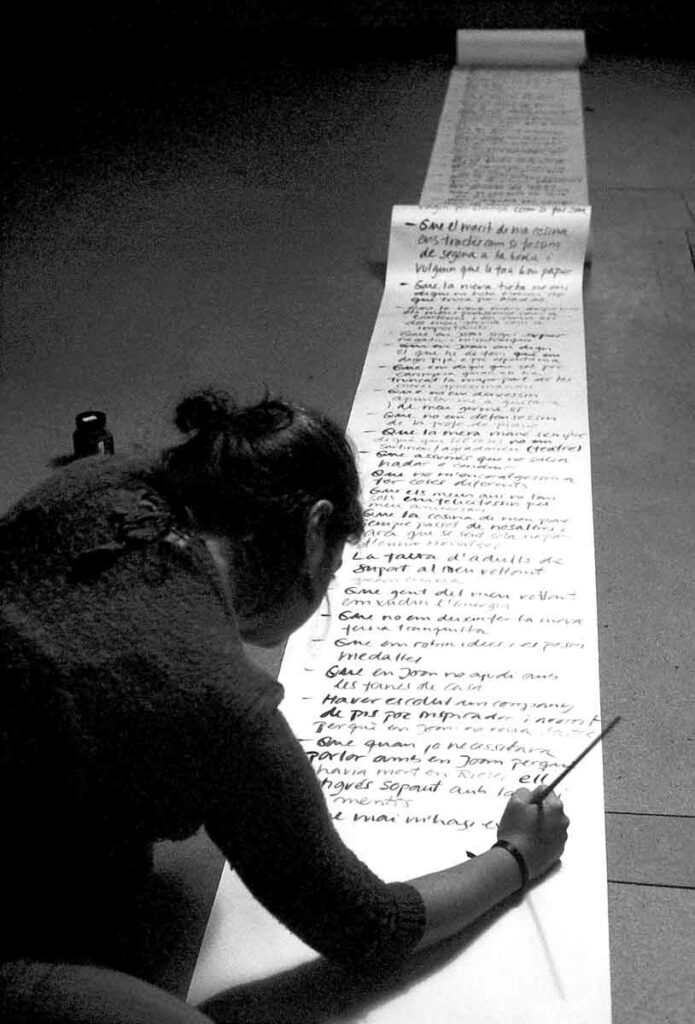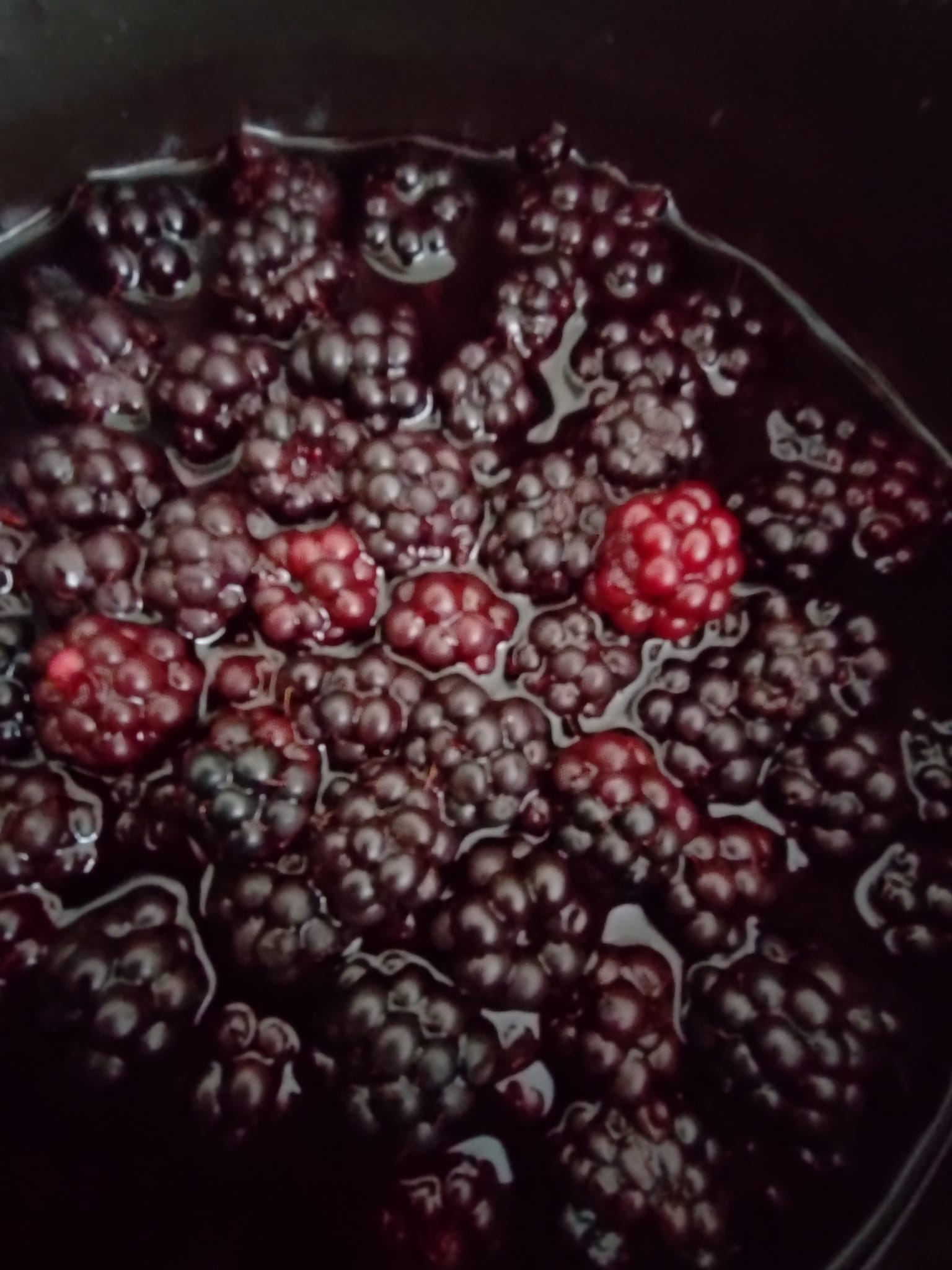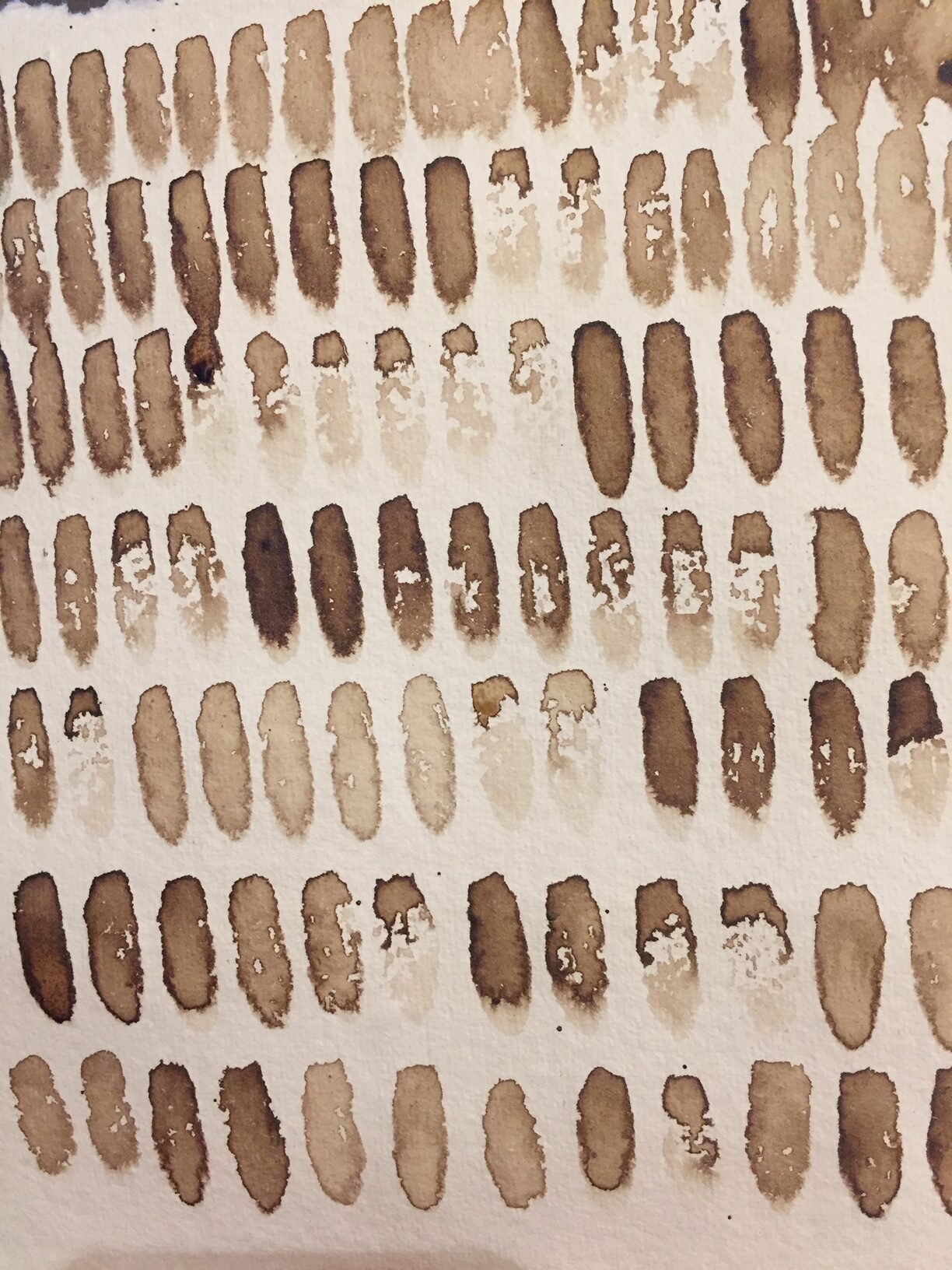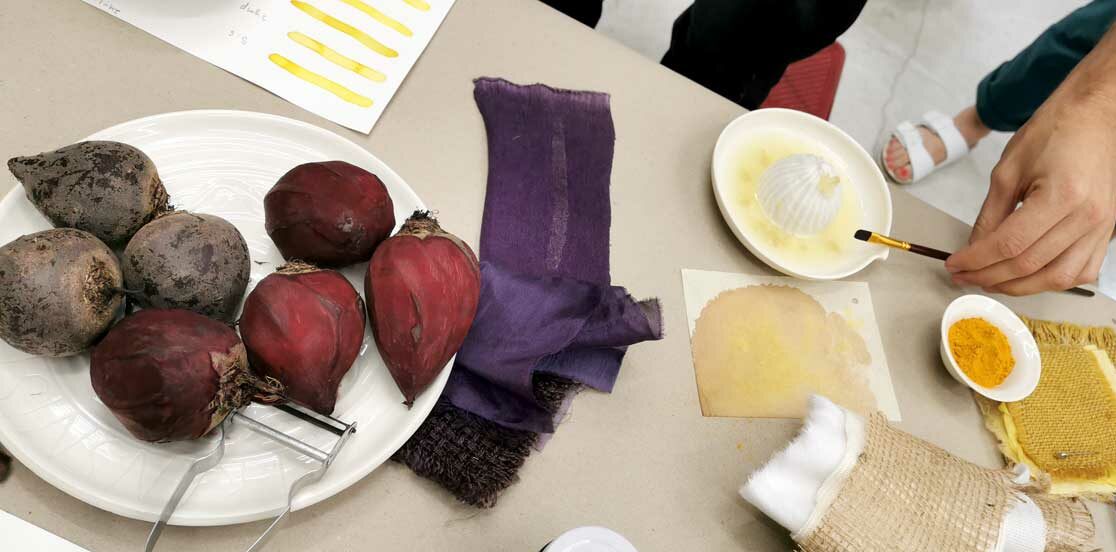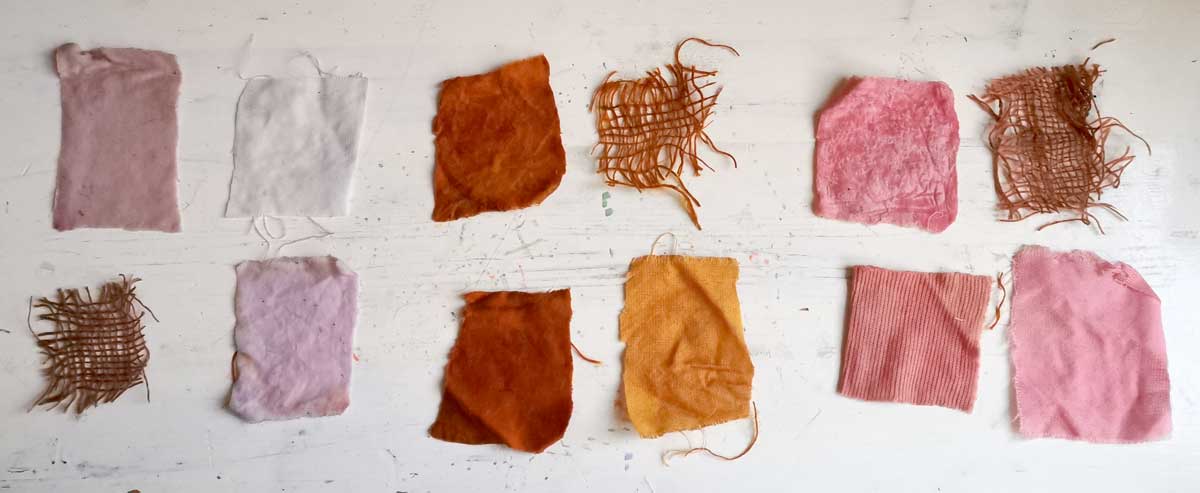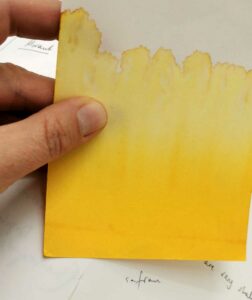Gratitude and wonder: co-hosting the scent dinner of dreams
In this month’s longer blog, Lisa Witter and I reflect on our co-creation and co-hosting of our first bespoke scent dinner: “The Ethereal Feast”. If our offering resonates with you, please get in touch.
In a world where we spend increasing amounts of time on our computers and cell phones, we often find ourselves feeling alone together, despite being constantly connected. In an age increasingly dominated by machines and AI, we are reminded that what makes us human is our consciousness, self-awareness, creativity, empathy, and ability to experience and express emotion. A scent dinner is a sensual and communal experience that satisfies a craving many of us have but often overlook. It allows us to sit in awe of the human experience.
 Our scent dinner “The Ethereal Feast” is a unique and immersive experience that offers a journey through food, conversation, and introspection. It involves a carefully curated menu that engages all the senses, including taste, smell, sight, touch, and sound. The rhythm of the courses, surprises, and conversations unfold organically throughout the scent dinner experience
Our scent dinner “The Ethereal Feast” is a unique and immersive experience that offers a journey through food, conversation, and introspection. It involves a carefully curated menu that engages all the senses, including taste, smell, sight, touch, and sound. The rhythm of the courses, surprises, and conversations unfold organically throughout the scent dinner experience
Lisa writes:
Ines is a unique and valuable asset to society – an artist who intuitively captures emotions and translates them into art, enabling us to experience these feelings firsthand. Our collaboration on this scent dinner led to a successful co-creation that resonated with a diverse global community.
Participants immersed themselves and savored what mattered to them – they reflected deeply and committed to savoring more in their lives, activating gratitude from within. Gratitude, a powerful tool, helps us to focus on what we are blessed with, rather than on what we lack. Scientific evidence shows that gratitude triggers physiological changes in our bodies activating the parasympathetic nervous system, aiding rest and digestion. This bodily response means that gratitude can lower blood pressure and heart rate and promote overall relaxation. And who doesn’t need that these days?
Ines’ artistry and our collaboration have not only created a unique scent dinner experience but contributed to the well-being of every participant. Her work, and our collaboration, are a testament to the power of art and gratitude in shaping our human experience and promoting health and relaxation. Now, we aim to expand this experience around the world.

I love bringing people together, to me life is like a grand mosaic. The vibrant tiles of the small moments come together to form a bigger, more striking design. It’s all about observing the various facets of experience as they interact with each other. Our scent dinners are a culmination of flavors, wonders, laughter, curious glances, touches, and the deliberate savoring of every moment.
Lisa and Ines write:
The participants of our scent dinner were deeply moved. It opened up their senses and created new connections within themselves and with their dinner partners. Their testimonials highlight how our scent dinners offer a dining experience that transcends the ordinary, engaging people on multiple sensory levels and fostering deep connections between them.
Ramona Liberoff recalls the magic of an evening that turned strangers into lifelong friends.
Hrund Gunnsteinsdottir recounts surrendering to the sensory journey we co-curated, which created a blend of awe-inspiring tastes, sounds, and shared laughter, all suspended within a singular physical space and moment in time.
Tracy Gray, a practicing Buddhist, emphasizes the rarity of being fully present and describes our scent dinner as a unique opportunity to reach this state – in a fun way.
Cassie Robinson speaks to the heightened feelings and sensations that the dinner encourages, enjoying the mystery and connection it fosters.
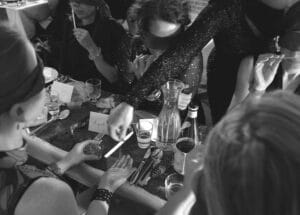
Sana Kapadia reflects on the dinner as a sensual and surreal event that engages all the senses and emphasizes the art of savoring.
April Rinne sees the dinner as not just an exploration of the senses, but also a metaphorical journey that continues to inspire her through a menu-turned-artwork at home.
Geraldine Chin Moody describes the scent dinner as a unique immersion in nature and humanity that brought home the importance of self-care, community, and environmental stewardship
We love how these accounts collectively capture our intentions for the scent dinner. This immersive experience is not only about the food but is also about the deeper exploration of presence, connection, and the human experience, curated lovingly to leave a lasting impact on all of its participants.
Image credits:
B&W: Jana Pahlke
Color: Ines Lechleitner
Gratitude and wonder: co-hosting the scent dinner of dreams Read More »
